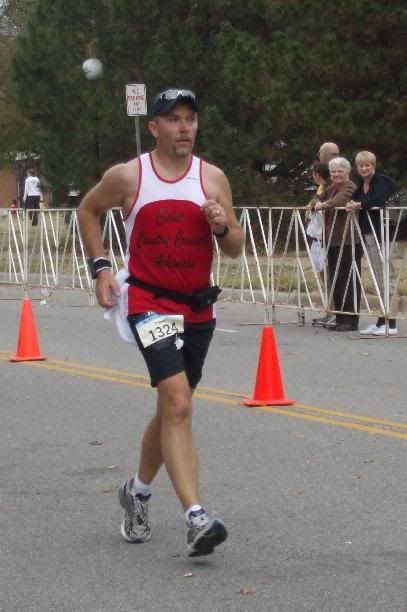 My Ham Shack - 2meter/440 radio, HF all band/all mode radio, power supplies, power amp, antenna tuner, computer
My Ham Shack - 2meter/440 radio, HF all band/all mode radio, power supplies, power amp, antenna tuner, computerThere are many bands, frequencies and modes that are used. A lot depends on the atmospheric conditions and also the type of license the operator has. You have to take a test and pass to becoome an operator. It's not like CB radio and a lot of it is very technical knowledge that must be learned. Operating rules are very strict. For more info on what Ham Radio is all about you can follow this link: http://www.arrl.org/ .
As far as my station, I run a 24/7 Voice over Internet Station through a system called "Echolink". Echolink allows licensed hams to communicate all over the world through computer links. Basically how it works is that the computer and internet are connected to a radio. The internet acts as an antenna allowing an operator to talk into a link through a radio or by computer. It's pretty cool what you can do with it. I once talked to a guy that was driving through the bush in South Africa while I was using a hand held radio. We were both connected to computer nodes in our areas that connected each other together. I have been able to communicate all over the world with this while walking around my house.
During non-emergency times, operators prepare and practice a lot for disasters by running local Nets, contests and just experimenting with different equipment, antennas, modes, etc. We build a lot of our own antennas and equipment. Also during severe weather, ham radio operators man the National Weather Service stations and do storm spotting while driving around. Ham Radio operators along with fire and police departments are the first line of defense when it comes to major storms.
With the advent of cell phones, Ham Radio has seen a decline in the number of operators but cell phone service is not reliable in times of disaster. Two-way radio is the ONLY reliable means of communications during these times. Recent changes in license requirements has allowed more people to get into ham radio so it is coming back some. A lot of it is really old school technology but it also is on the leading edge of digital communications throughout the world.
There is really too much to write about this in one post but I just thought I'd pass on a little of the info on the subject as something different.











No comments:
Post a Comment